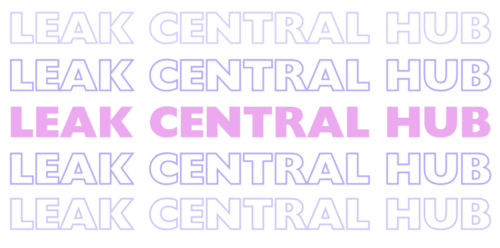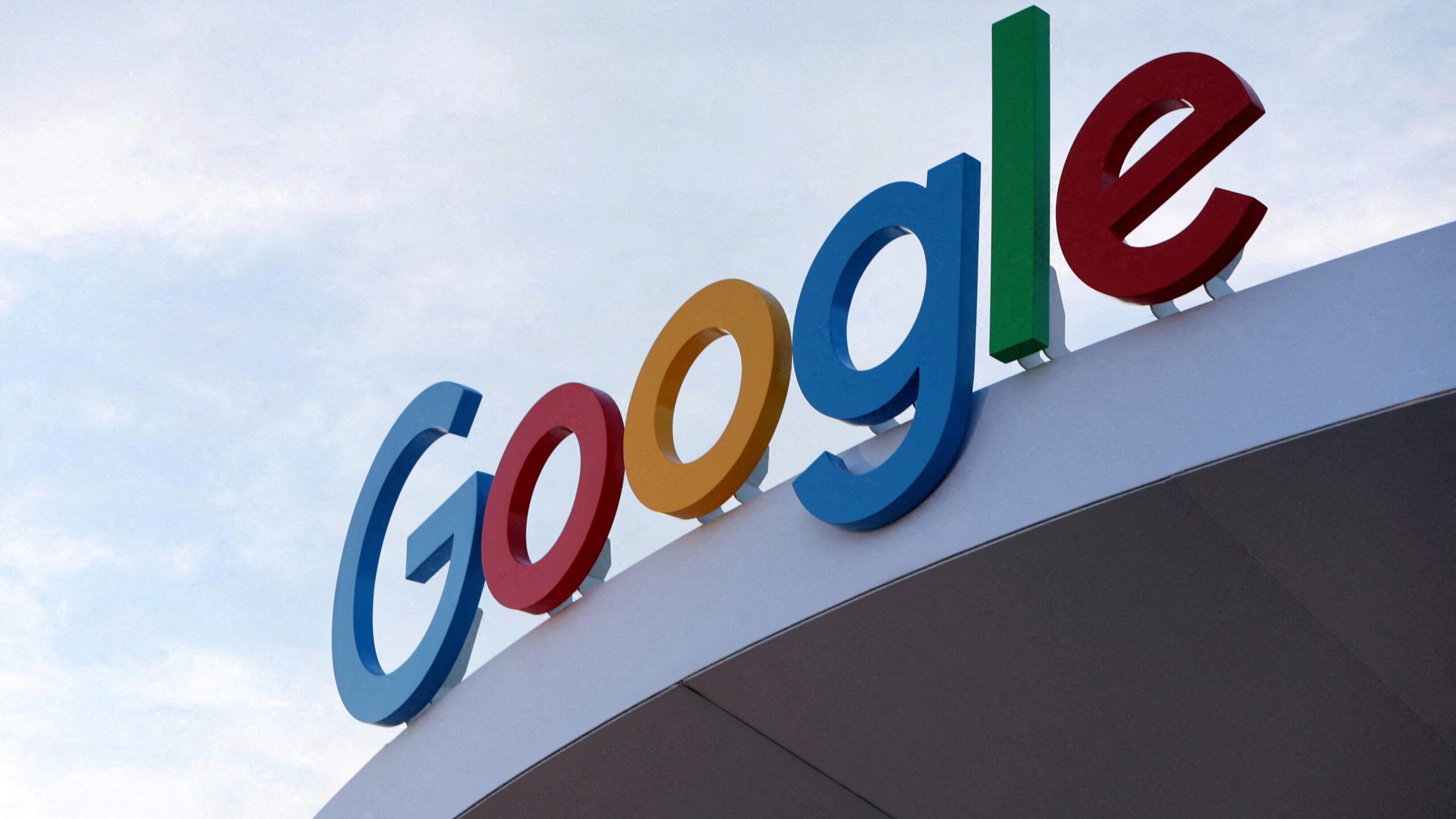Despite blocking thousands of illegal streaming sites, Italy’s anti-piracy initiative, ‘Piracy Shield,’ has yet to deliver a significant boost in subscriptions for legal platforms like DAZN. Data from telecom regulator AGCOM reveals that while pirate site traffic has decreased, it hasn’t translated into increased viewership for licensed streaming services—fueling ongoing debates among industry stakeholders.
One Year of ‘Piracy Shield’
Since its launch nearly a year ago, ‘Piracy Shield’ has focused on combating unauthorized live sports streaming, primarily targeting football broadcasts. Thousands of IP addresses and domain names linked to piracy have been blacklisted in an effort to disrupt illegal viewing.
While authorities and rightsholders have celebrated these enforcement actions as a success, the program has faced criticism for overblocking legitimate sites and services. However, proponents argue that such issues are inevitable as the system evolves.
Calls for Expansion and Stricter Controls
Rather than scaling back, discussions are underway to expand ‘Piracy Shield’ beyond live football matches to include movie premieres, TV channels, and other digital content. Stakeholders are also examining ways to enhance enforcement through stricter legal measures and broader industry cooperation.
Recent discussions between AGCOM and representatives from cloud and hosting providers, such as Brian Turnbow of CDLAN, indicate that VPNs, DNS services, and platforms like Cloudflare are also being scrutinized as potential targets for future blocking measures.
Effectiveness vs. Real Impact
A key question in assessing ‘Piracy Shield’ is defining what success looks like. AGCOM and its backers argue that reducing access to pirate sites is an achievement in itself. However, critics point out that simply cutting off one access point doesn’t necessarily lead users toward legal alternatives—instead, many simply find new ways to stream illicit content.
Even if piracy levels have declined, the absence of corresponding growth in legal streaming subscriptions suggests that the underlying issue may not be piracy alone but also factors like pricing, user experience, and service availability.
No Noticeable Gains for DAZN
To measure the initiative’s impact on legal platforms, Turnbow analyzed AGCOM’s latest quarterly report, particularly focusing on DAZN, the primary broadcaster of Serie A football in Italy.
His findings indicate no significant rise in DAZN subscriptions in 2024 compared to the previous year. Likewise, the total hours watched remained unchanged, challenging the notion that ‘Piracy Shield’ has successfully redirected users from pirate services to legal ones.
“The number of users post-Piracy Shield in 2024 is the same as in 2023—no gains. The number of hours watched in 2024 is the same as in 2023—again, no gain. 2024 overall is below 2022, when there was no Piracy Shield,” Turnbow reported.
The only notable change? A price increase for DAZN subscriptions, which rose from €40.99 to €44.99—something AGCOM’s report did not account for.
“So after 12 months, the data shows that ISPs sustained costs to implement the service, no users or hours were gained for DAZN, and prices went up for end users,” Turnbow summarized in a LinkedIn post.
A Need for a More Balanced Approach
While Turnbow’s analysis doesn’t claim to provide definitive conclusions, it raises critical concerns. Some might argue that without ‘Piracy Shield,’ DAZN’s subscriber numbers could have declined even further. However, his findings have fueled skepticism among industry observers, particularly regarding the long-term viability of aggressive blocking campaigns.
The debate underscores the need for a more nuanced approach to anti-piracy efforts—one that considers not just enforcement but also consumer behavior, pricing strategies, and user experience. Without addressing these factors, initiatives like ‘Piracy Shield’ risk being seen as symbolic victories rather than meaningful solutions to the challenges facing the legal streaming market.



